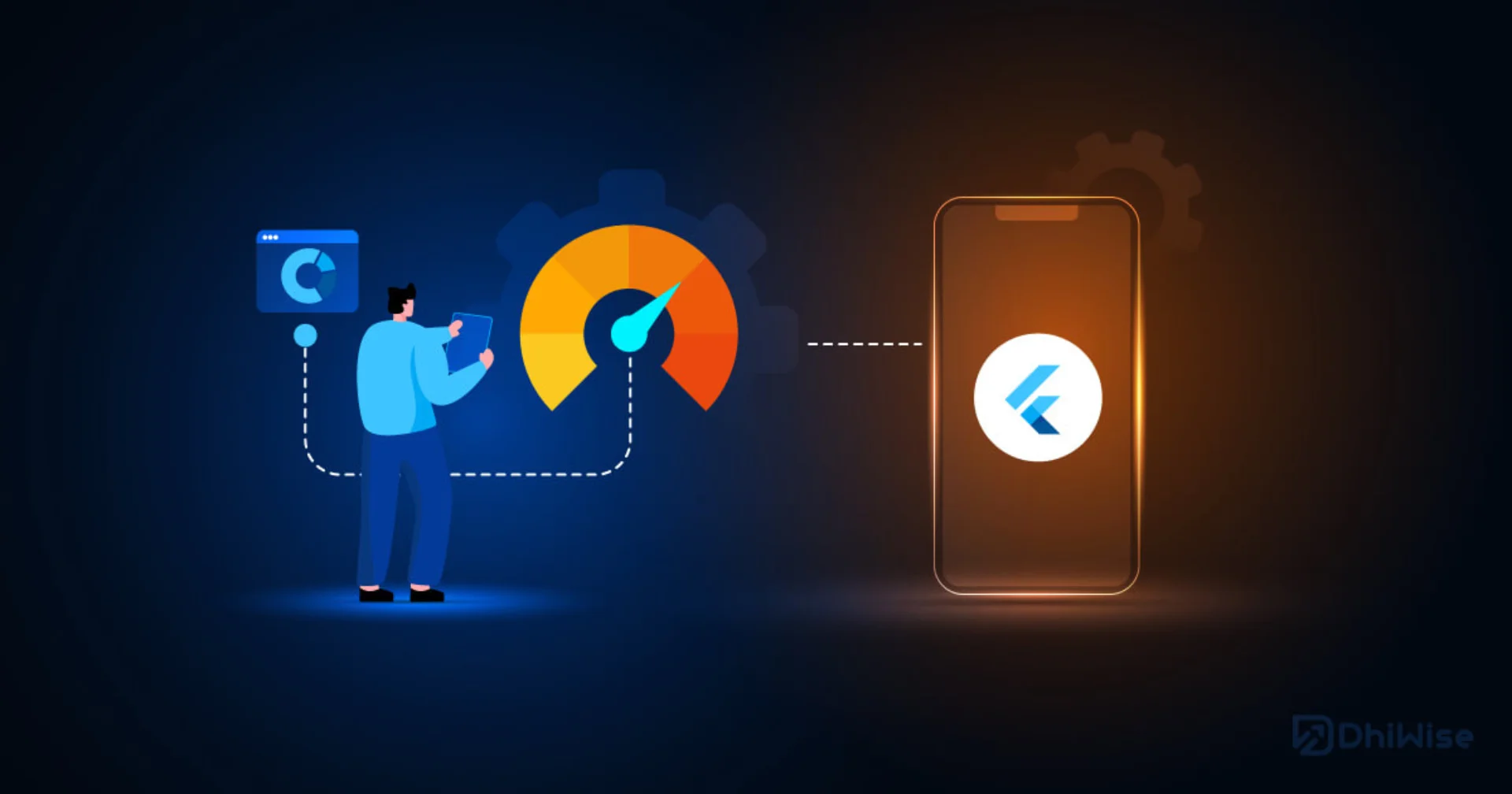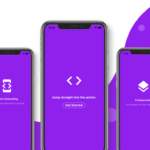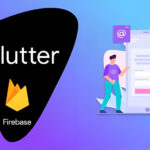Flutter Tips and Tricks: How to Boost Your Productivity and Performance
Flutter has become a potent and adaptable framework in the field of creating mobile apps. Flutter, created by Google, gives programmers a means to create high-performance apps for several platforms using a single codebase. Flutter has become well-liked among developers all over the world thanks to its comprehensive feature set and strong community support. We have put together a list of practical tips and tricks to enable you to get the most out of Flutter and improve your performance and productivity. These tips will be useful to you whether you are a novice or an expert Flutter developer.

Utilize Hot Reload for Instant Feedback
Flutter’s Hot Reload function is one of its main benefits. With this functionality, developers may modify the code and immediately see the consequences in the app without having to restart it. Utilizing Hot Reload allows you to iterate on your app’s UI and logic quickly, greatly accelerating the development process. It increases your total productivity by giving you fast feedback, making it simpler to find and fix problems.
Leverage Widget Libraries
You may speed up your development process with the help of Flutter’s extensive library of widgets. These libraries offer pre-made UI elements and features that you can quickly and easily incorporate into your program. By using these widgets, you may construct standard UI components more quickly and easily, freeing up time to concentrate on the distinctive features of your application. Material Design and Cupertino are two well-liked widget libraries in Flutter that offer a large selection of pre-designed widgets.
Optimize App Performance with Flutter Inspector
You may analyze and improve the performance of your Flutter app with the aid of the robust tool Flutter Inspector. You can locate and fix performance bottlenecks thanks to the deep insights it offers into the UI, renderer, and layout performance of the app. You may optimize your app’s performance to give users a better experience by using Flutter Inspector. For optimum efficiency, it is advised to often analyze your app using Flutter Inspector.
Modularize Your Codebase
Maintaining a tidy and scalable Flutter project requires decomposing your codebase into modular, reusable components. You can divide various functionalities into individual modules or packages by using a modular approach. This not only facilitates greater code sharing and reusability but also better code organization. Modularization also improves your overall development workflow by making it simpler to test and debug certain portions of your app.
Implement State Management Solutions
Building intricate and interactive Flutter applications requires effective state management. State management options from Flutter include Provider, BLoC (Business Logic Component), and Redux. You may manage and propagate state changes across many app components with the aid of these frameworks. You may effectively handle complicated app states, enhance overall app performance, and improve code maintainability by implementing a proper state management system.
Utilize Platform-Specific Code
By utilizing its platform channels, Flutter enables the writing of platform-specific code. With the help of this functionality, you can use native device features that the Flutter framework does not support. You can seamlessly incorporate device-specific functionality into your app and provide your consumers with a native-like experience by utilizing platform-specific code. Platform channels enable your Flutter app to interface with platform APIs or device sensors, expanding its functionality.
Optimize Images for Performance
While images are essential to the creation of mobile apps, improper image optimization can harm the performance of the app. In Flutter, you may compress images to make them smaller and load more quickly. To change the picture size and guarantee proper rendering on various platforms, you can also use the picture. network constructors fit properly. You may boost the functionality of your app and give users a quicker, more responsive experience by optimizing the graphics.
Implement Error Handling and Logging
The handling of errors and error tracking are crucial components of creating apps, and Flutter offers several tools and packages to help you. Try-catch blocks and error widgets are two examples of error-handling technologies that you can incorporate to handle exceptions gracefully and avoid program failures. Additionally, by integrating logging libraries like logger or flutter_bloc_devtools, you may record and examine runtime data to help with debugging and troubleshooting.
Stay Updated with Flutter’s Latest Features
To maximize your productivity and utilize Flutter’s full potential, it’s essential to stay up to date with the latest features and upgrades. To learn about the most recent improvements, bug patches, and best practices, keep an eye on the Flutter community forums, blogs, and official websites. By routinely updating your Flutter SDK and packages, you can ensure that your applications are always running at their peak performance and are protected from security flaws.
One of the most highly effective application frameworks currently available is Flutter. For many developers, it takes some patience and practice to achieve the majority of this productivity and get the most out of the framework’s capabilities. Fortunately, no one can create either of these two things more quickly than it takes to set up the platform on which your incredibly efficient apps and services are created. Here, we offer a few straightforward Flutter hints and techniques that have helped us use the platform more effectively over the past few years.
Stick to Simple Widgets
When creating it in Flutter, developers familiar with the SOLID principles of software configuration will have this in mind. It’s surprisingly easy, however, to let this one slip by when managing a large and complex interface with Flutter’s devices.
One of the most common mistakes and complexities we find in Flutter code is the creation of widgets that are made up of numerous sup-widgets with vast and frequently competing commitments. A button that has many widgets of its own should be divided into separate sections of code with clear roles.
More significant advice on how to make your Flutter code simple and maintainable may be found in our comprehensive guide on Flutter development.
Take Advantage of Null Safety
Even experienced developers frequently make mistakes because they are unaware that producing useful code requires learning new tools and applying new images. Null-aware operators may fit into that area depending on the language and tools you are using while choosing Flutter.
Null-aware operators like?? and??= can help you tidy up your code, make it easier to understand, and catch a tonne of mistakes that could have been avoided. Considering that Flutter and Dart now enable sound null safety, architects ought to use this as a tool to enhance their code.
Take Advantage of Flutter Packages
The container concept, which enables its creators to employ easily available, tried-and-true code blocks for their applications, is one of Flutter’s most useful features. Containers are a great approach to improving application functionality by putting many answers together for designers who need to test out several ideas or quickly create a working prototype.
You might want to return some of these containers later on in the development process once you’ve tried and tested different ways to implement the app you need to. Flutter containers enable designers to create quickly and reach their audience more quickly than many comparable platforms in many production apps.
One of the main advantages of Flutter application development that we address in our discussion of its advantages and disadvantages is this particular Flutter feature.
Dart Data Classes
Data classes aren’t a part of Flutter or Dart yet, technically speaking. The topic has been up for discussion and has been a persistent problem that architects have kept open for a while. Architects regularly leverage Flutter’s data categories to design code and boost developer productivity. They do this by utilizing a range of IDE plugins.
Data categories are one of the most useful tools we frequently utilize to improve our results with Flutter action, despite not being a recognized component of the Flutter ecosystem.
Make Full Use of Linting
It is much more efficient to maintain laws in order from the beginning of the product than it is to design a significant refactor just before or just after a significant crossroads marker. The latter situation is one that most developers have experienced at some point, and few would want to repeat both the task and the condition of regulation.
The best method to guarantee that code is created by the proper standards and guidelines from the outset is to include linting tools at the beginning of your project. The lint package for Dart may be easily installed and used to effectively ensure code quality.
Use Flutter Snippets
Nothing in Flutter boosts productivity like regulation snippets. Snippets are a deceptively simple tool for architects that let you create whole approaches and styles with only a few keystrokes. These fast cuts can significantly increase productivity and save creators a lot of time when constructing.
A full StreamBuilder Widget can be created by just putting StreamBldr into an IDE and pressing enter. With the help of these tools, designers can focus on the important sections of the code rather than spend hours on boilerplate code for each assignment.
When comparing Flutter development to other general tools, it is important to keep the ability to use very effective snippets like these in mind. Our essay contrasts Facebook’s React Native framework with Flutter, highlighting the benefits and drawbacks of each while selecting tools for your upcoming project.
Onboard Users with an Introduction Screen
The first few seconds and minutes a user spends using your app are crucial for keeping them alert. You run the danger of losing that user for good if your app is too difficult to use and can’t be understood in a few swipes and taps. This is especially crucial in markets with intense competition, like those for Android and iOS application growth.
The introduction screen package for Flutter is a tool that enables you to quickly create a welcoming introductory motivator for your app without having to manually design all of the menus, transitions, and flow of the lesson. Experienced designers will understand what a significant benefit and time saver this tool is for quickly onboarding users.
Conclusion
Flutter offers programmers a solid foundation for making fast and aesthetically pleasing mobile applications. You may increase your productivity and improve the functionality of your app by making use of the aforementioned tips and tactics. To make your development process more efficient, take advantage of features like Hot Reload, a modular codebase, state management tools, and platform-specific code. To provide a flawless user experience, you should also optimize images, integrate error handling, and stay up to speed with Flutter’s newest features. With these techniques at your disposal, you’ll be prepared to create exceptional Flutter applications that stand out from the crowd.
Keep in mind that while applying these suggestions might dramatically increase your performance and productivity, it is crucial to take into account the specific needs of your app and experiment with different approaches to find the ideal strategy for your particular situation.


